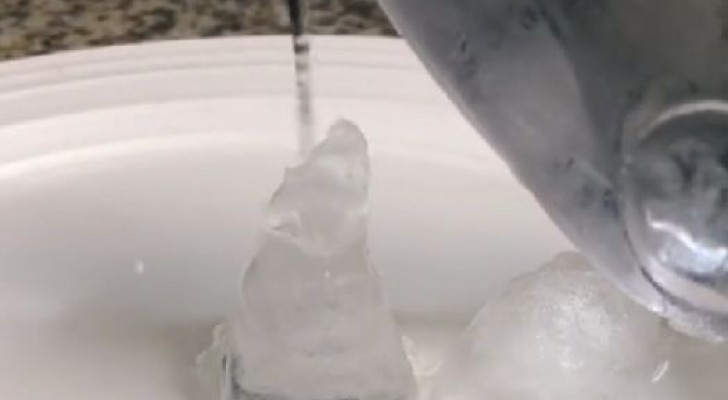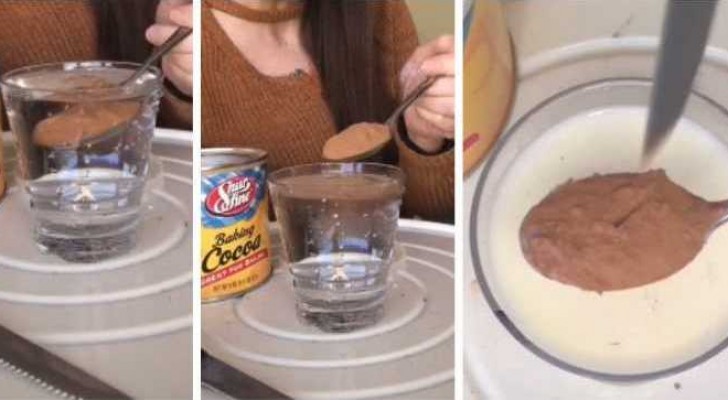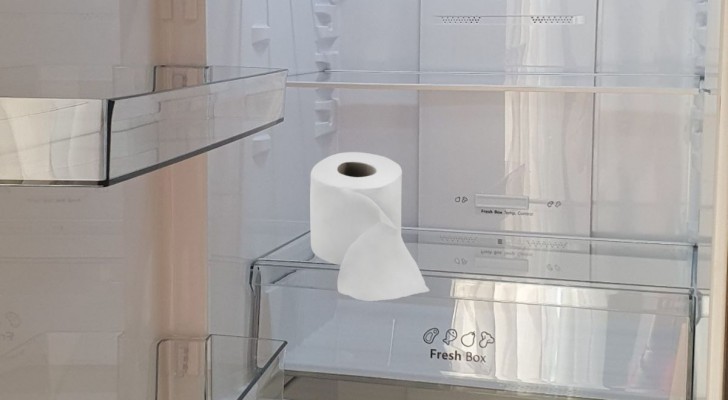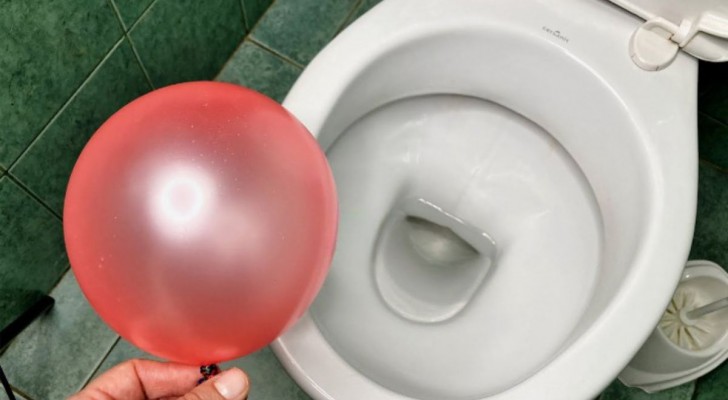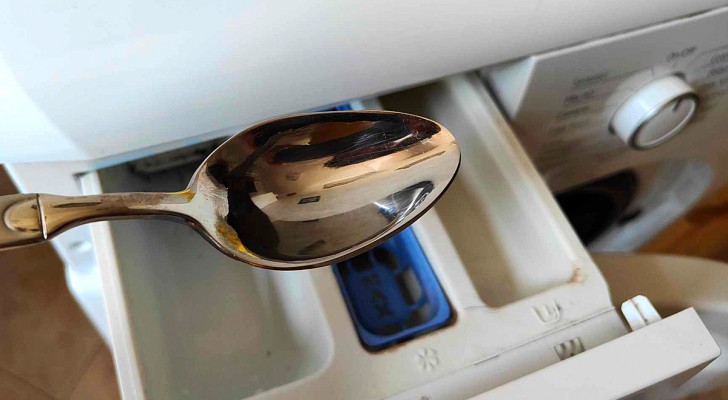Marvellous dandelions: the dandelion's seed head remains dry even when immersed in water
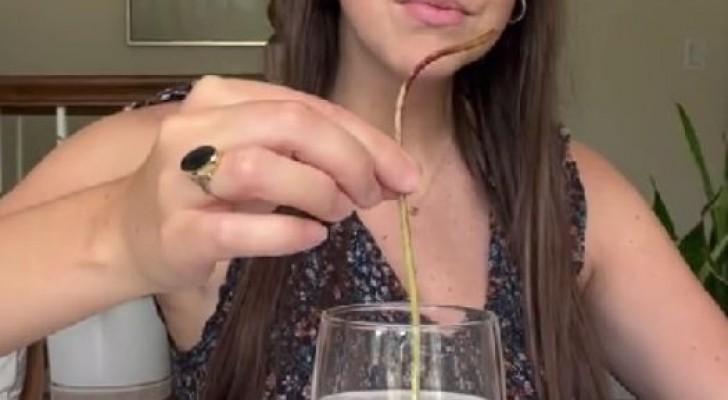
How many times as young children did we collect dandelions in meadows to see their seeds fly away when we blew on them? Dandelions are a very common plant found in meadows and their seeds can fly for kilometers when carried away by the wind. As a result, we find loads of dandelions in meadows and alongside roads, looking beautiful with their yellow flowers during the summer.
But being able to float in the air for long distances isn't the only extraordinary ability of these little furry balls: have you ever tried to immerse a head of dandelion seeds in water? If the answer is no, we suggest you try it: it is a very easy experiment to do and it will leave your children speechless in amazement.
via @mrs.b.tv/TikTok

One of the science experiments proposed by @mrs.b.tv on her TikTok account helps youngsters learn more about nature and the mechanisms that help it thrive simply by using a dandelion seed head and a glass of water. Getting one of these see heads is very easy as they abound outside; when you have your perfect seed head, fill a glass with water and immerse the seed head into it. You'll all be surprised when you take the seed head out of the water: it will be completely dry!
This makes sense from an evolutionary point of view, because for dandelions to ensure propogation, they must be resistant to rain (and getting wet in general), as this would prevent them from floating in the air. So, how is it possible? Simple: the seed heads have the ability to store and trap air and for this reason, once immersed in water, they cannot get wet. This experiment, conducted by a young girl for a science assignment, led to a study by the University of Trento, which analyzed this ability to apply it to engineering in the creation of devices for scuba diving. This is an example of how anyone can make extraordinary discoveries simply by observing nature and its dynamics.
Sometimes nature is able to teach us great things starting from the simplest; watch the video to find out more!
